ANS annual meeting: “Failure is not an option”
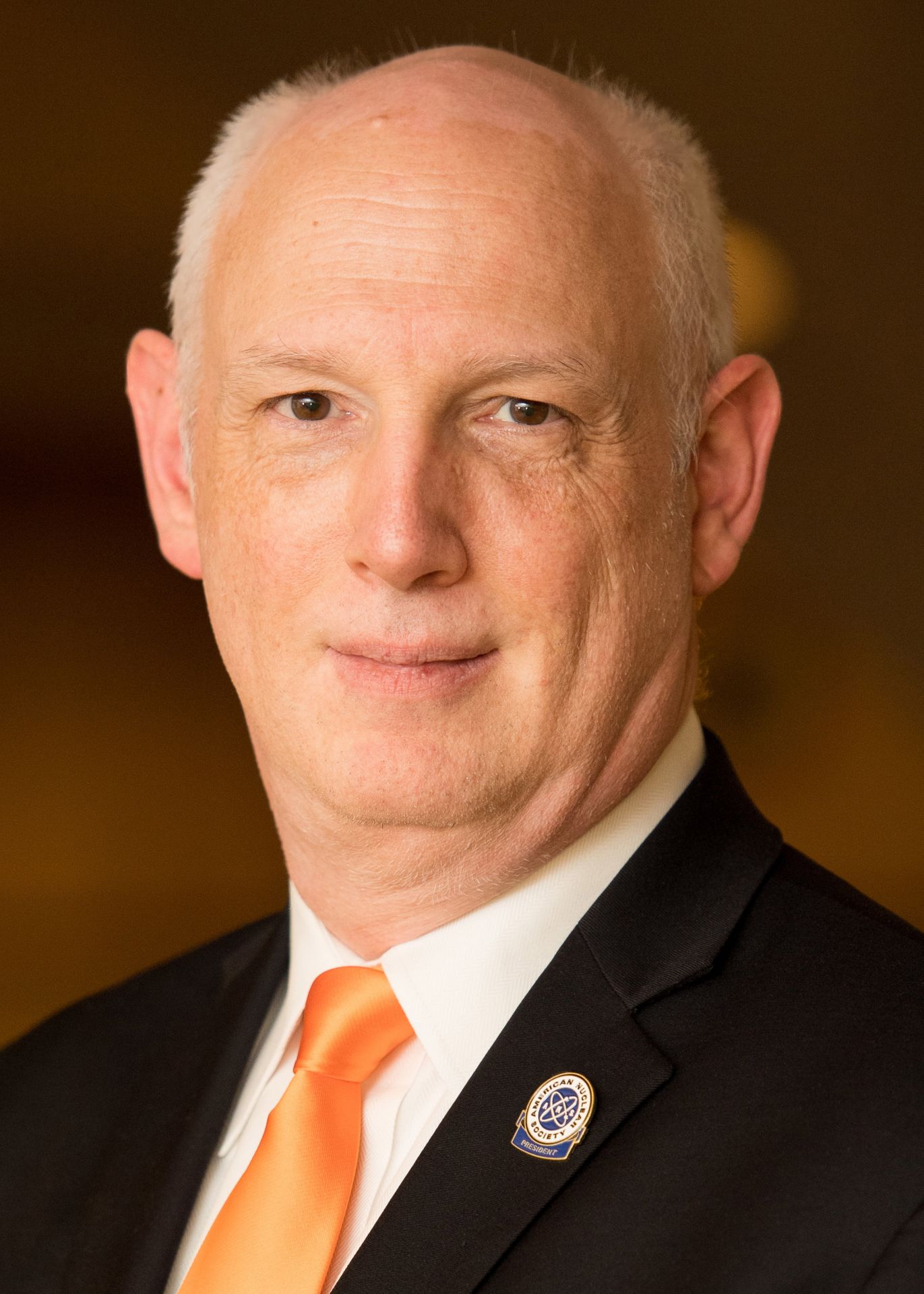
Arndt
The American Nuclear Society’s annual meeting opened on Sunday, June 11, in Indianapolis, Ind., and will run through June 14. The meeting’s theme is “Failure Is Not an Option.”
ANS president Steven Arndt, who ends his yearlong term at the meeting’s end, addressed the audience at the opening plenary on Monday, June 12, noting that nuclear science and technology’s road has been long, but it is up to ANS members and other advocates to push forward the nuclear enterprise’s momentum for a sustainable future.
Before announcing ANS chief executive officer and executive director Craig Piercy to the stage, Arndt thanked the volunteer members, meeting sponsors, and ANS staff, among others, for making ANS meetings happen.

Piercy
The theme: Piercy during his speech credited the meeting’s general chair, Mark Peters, executive vice president for national laboratory management and operations at Battelle, with coming up with the theme of the meeting. Piercy confessed that he initially paused at accepting “Failure Is Not an Option” as the theme because it has its origins in 1970’s Apollo 13 crisis (which ended, thankfully, in engineering redemption) and it didn’t seem to fit nuclear’s status.
“We may have some problems,” Piercy said, “but they’re mostly winners’ problems.” The issues to be tackled include scaling up the nuclear workforce and supply chain, cultivating a more agile and responsive regulatory process, and creating a pathway for the extended storage and recycling of used fuel.
At the same time, however, engineers know that at a practical level, the notion of failure as not an option is never true. “Failure is an intrinsic ingredient to any large engineering success,” Piercy said. “No challenge of the magnitude of the one we’re facing has ever been met without setbacks.”
He asked audience members to imagine a scenario involving a failure of a nuclear component or system in a contained environment with no health consequences. “That’s not an accident, that’s an experiment,” he said. “Engineers inherently understand this, that the best learning comes through failure.”
Piercy warned the audience not to be deceived in the coming years by the normal turn of technology development in a market-based economy, which could lead some to think it is evidence of a stalling nuclear enterprise. “Our challenge as a community is to readily and more eagerly accept the failures that sometimes come with success,” he said. “Sometimes we can be so afraid of the appearance of failure that we allow caution to become paralysis. We want things to be perfect.”
Piercy brought up the late Admiral Hyman Rickover of the nuclear navy as an example of a perfectionist. “He knew that the secret to success was not a perfect set of plans, but a skilled, steady, motivated core of professionals that could turn a good plan into operational reality,” he said. “With all of that said, when ‘failure is not an option’ is applied to the larger energy and climate predicament we find ourselves in today, it makes perfect sense.”
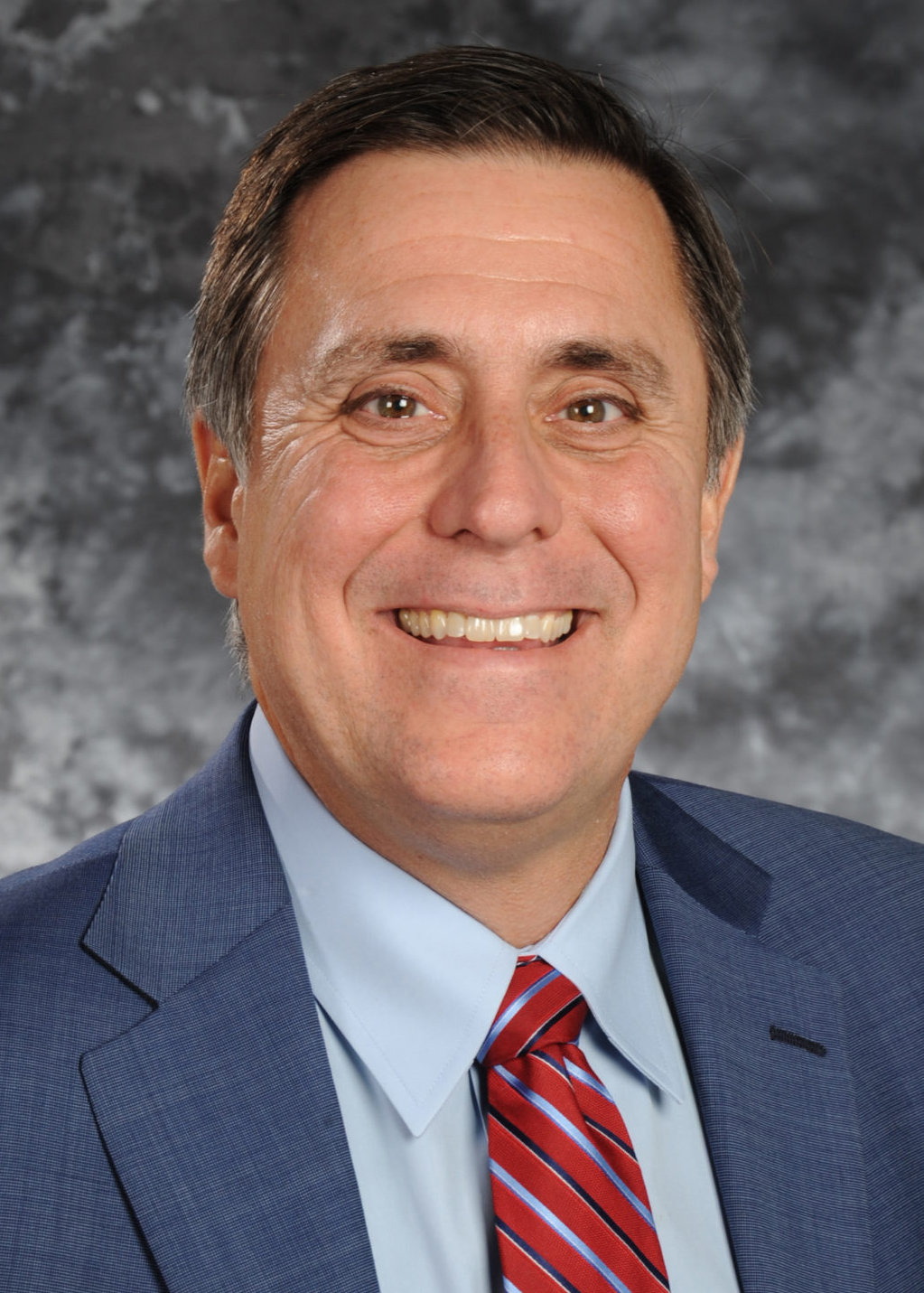
Peters
The general chair: Following the distribution of honors to new ANS Fellows and award winners, Mark Peters was introduced as the meeting’s general chair.
Peters listed many of the nuclear community’s recent successes, including federal appropriations coming in, support at the state level, a growing public acceptance, Vogtle-3 and -4 coming on line, small modular reactor developers and the Gen IV advanced reactor community making good progress, and the excitement in the fusion community. “So, there’s a lot to think about for the future of nuclear energy,” he said.
Peters also talked about challenges and solutions: “We have made great progress, but we have more to do,” he said.
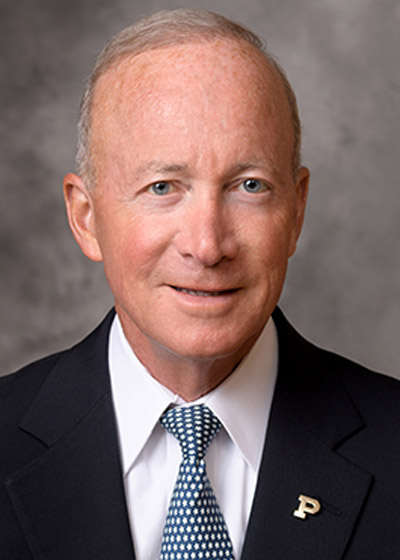
Daniels
The speakers: Keynote speaker Mitch Daniels, former Indiana governor (2004–2012) and Purdue University president (2013–2022), related his experience with nuclear science and technology while heading the federal Office of Management and Budget (OMB) during the early years of the 2000s. As such, his office was tasked with assessing the impact on small businesses of the operation of the proposed Yucca Mountain repository in Nevada. “You know about Yucca Mountain, there’s nothing near it. That’s why they picked it,” Daniels said.
There was only one business that the OMB could find within the 30- to 50-mile radius for the assessment work, and that lone business was all in favor of the repository, according to Daniels. The OMB then filed its report saying that there would be only a positive impact on small business from the operation of the repository. But the OMB report did nothing to convince opponents of the repository to ease up on their position and allow the repository to advance to operational status. “That was one of my early learning experiences” dealing with nuclear opponents, Daniels said.
He offered his heartfelt appreciation to the nuclear community: “Thank you for sticking with it. I can’t imagine the frustration that some of you have felt over the course of time, knowing that you are dealing with a great science, a high-quality science, a potentially huge benefit to the entire world, [and having to deal with] the obstacles, the hindrances, the bogus science, the slander sometimes that has been directed at the industry and those who have tried to develop it. It must have been a source of incredible anxiety for you. So, thank you that you’re here, thank you that you stayed with it, that you’ve built careers in this area, which now more and more people are beginning to learn has magnificent potential for the world but is the essential technology of the next decades.”

Stanke
Plenary speaker Grace Stanke, Miss America 2023 and a nuclear engineering student at the University of Wisconsin, urged nuclear community members to “humanize” themselves in nuclear advocacy.
“Be likeable,” she said. When she finds herself talking with someone who may be leaning toward the antinuclear side of the fence, she asks how their kids are doing, for example, and she can perceive that the person may be thinking, “Oh, she’s a human being. Now I can’t yell at her.”
So, it is important when talking with the public for advocates to be relatable and not simply talk hard science.
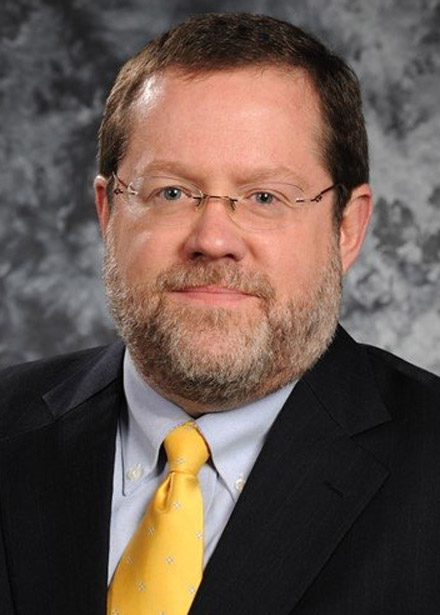
Goff
Plenary speaker Michael Goff, principal deputy assistant secretary for the Department of Energy’s Office of Nuclear Energy, stressed that “nuclear is a must” for the DOE to reach its carbon-neutral goals, saying that he has never seen a time when an administration “makes it so easy to get a presidential statement that is positive for nuclear.”
He presented four goals for the DOE: enable the continued operation of existing U.S. nuclear reactors, enable the deployment of advanced nuclear reactors, secure and sustain the global nuclear fuel cycle, and expand international nuclear energy cooperation.
“I’m very optimistic about nuclear,” Goff said. “We have been given a lot of policy items that I actually thought we’d never get.”
Goff concluded, “We’ve got to deliver here. Failure is not an option.”
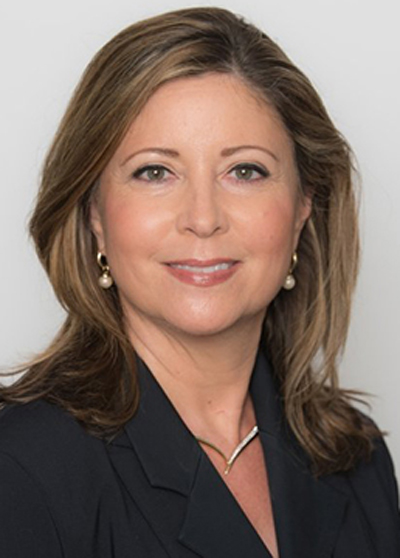
Korsnick
The final plenary speaker was Maria Korsnick, president and CEO of the Nuclear Energy Institute. She began her presentation by stating, “This is a once-in-a-generation moment for nuclear energy.”
With the right choices, she continued, climate goals can be achieved, energy independence can be boosted, and the clean energy system of the future can be built. “That future is within our grasp,” she said. “If we all didn’t believe that, we wouldn’t be here today.”
The world is demanding the benefits of nuclear energy, Korsnick added, and elected leaders in the United States and around the world are demanding climate solutions and energy security. “All of that points to one place: nuclear energy,” she said.
Looking at the investment world, Korsnick said that Pelican Energy Partners has pivoted from its fossil fuel portfolio to a new fund strategy dedicated to the nuclear industry. In addition, Morgan Stanley has listed nuclear as an ESG (environmental, social, and governance) trend to watch in 2023, while BlackRock is considering a nuclear-themed investment security. “All together we estimate that private investors poured billions [of dollars] into advanced reactor companies last year alone,” she said. “This capital is shifting in part because nuclear technology promises to decarbonize the entire economy.”







